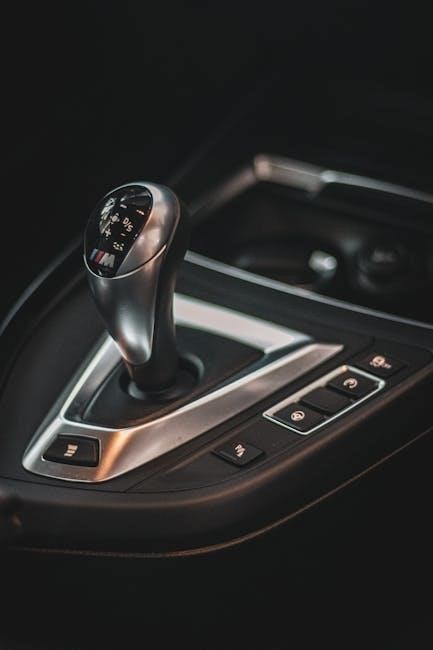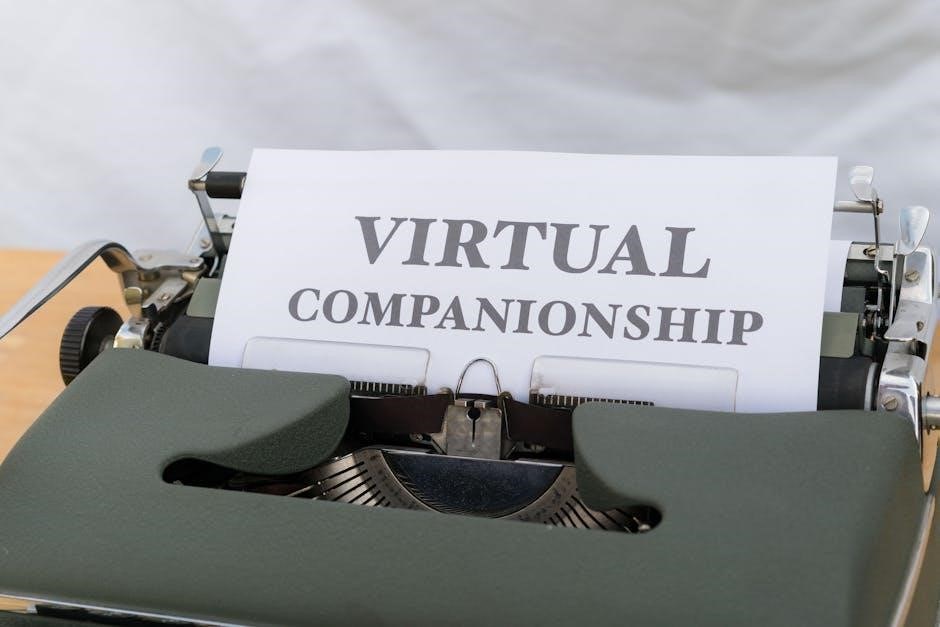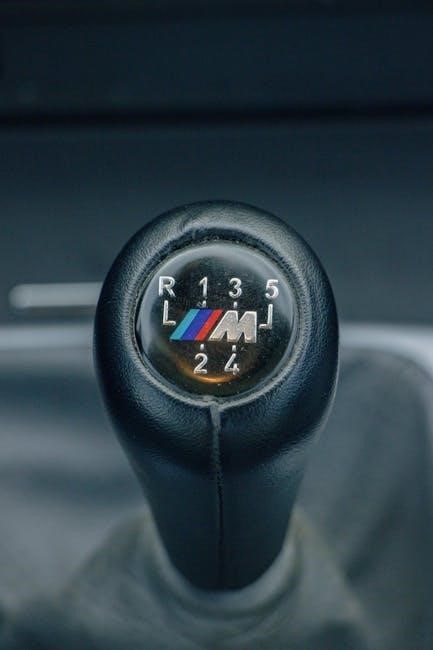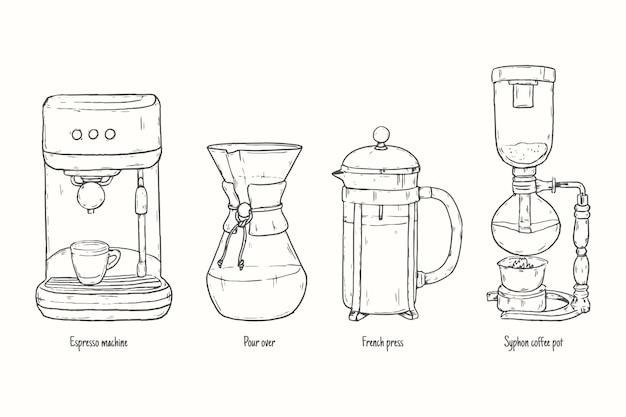If you’ve contemplated buying a manual Jeep, you’ve likely encountered its reputation. Recall documents filed with the NHTSA indicate that Jeep’s manual transmissions were overheating the pressure plate. Clutch plates are exploding due to overheating, potentially causing a fire. Unfortunately, Jeep currently offers no fix.
Overview of the Manual Transmission Issue
The manual transmission issue plaguing certain Jeep Wrangler models has garnered significant attention due to its potential safety implications. This issue primarily revolves around the overheating of the clutch pressure plate, a critical component responsible for engaging and disengaging the engine’s power from the transmission. The problem’s severity lies in its capacity to cause clutch plate explosions, posing a considerable fire risk. As per recall documents submitted to the National Highway Traffic Safety Administration (NHTSA), the overheating issue stems from design flaws within the manual transmission system.

These flaws can lead to excessive friction and heat buildup during normal vehicle operation, particularly under demanding conditions such as off-roading or towing. The consequences of this overheating can be catastrophic, potentially resulting in vehicle fires and jeopardizing the safety of occupants and surrounding property. Compounding the problem is the absence of a definitive fix from Jeep, leaving owners in a state of uncertainty and concern regarding the long-term reliability and safety of their vehicles. The lack of a solution has further fueled frustration and prompted calls for Jeep to prioritize the development and implementation of an effective remedy to address this critical issue.
NHTSA Recall Documents: Overheating Pressure Plate
The NHTSA recall documents pertaining to the Jeep manual transmission issue explicitly highlight the problem of an overheating pressure plate. These documents serve as official records outlining the safety defect and the potential consequences for affected vehicles. According to the filings, the design of the manual transmission system in certain Jeep models leads to excessive heat generation within the clutch pressure plate. This overheating occurs due to increased friction and inadequate heat dissipation during normal operation.
The NHTSA documents emphasize that the overheating pressure plate poses a significant safety risk. Specifically, the elevated temperatures can cause the clutch plate to fracture or even explode, potentially resulting in a vehicle fire. The recall documents further detail the scope of the issue, identifying the specific Jeep models and production dates affected by the defect. They also outline the steps that Jeep is required to take to address the problem, including notifying owners of the recall and providing a remedy to mitigate the risk. However, the absence of a current fix has left many owners waiting for a permanent solution.

Potential Fire Hazard from Overheated Clutch Plates
The overheating of clutch plates in Jeep manual transmissions presents a significant potential fire hazard. This danger arises from the excessive heat generated due to friction during clutch engagement and disengagement. As the clutch plate overheats, it can reach temperatures high enough to ignite surrounding materials, such as grease, oil, or plastic components within the transmission system. This poses a serious risk of a vehicle fire, which could endanger the occupants and surrounding property.
The risk is further compounded by the fact that clutch plate failures can occur suddenly and without warning. In some cases, the overheated clutch plate may fracture or explode, sending hot debris flying and increasing the likelihood of igniting flammable materials. While a software update was initially attempted, it proved to be ineffective in resolving the underlying issue of overheating clutch plates. Consequently, Jeep owners are left with a potentially dangerous situation and a lack of a definitive solution from the manufacturer.
Initial Software Update Attempt (No Longer a Fix)
In response to the reported issues with overheating clutch plates in Jeep manual transmissions, Jeep dealerships initially implemented a software update as a potential solution. This update aimed to modify the vehicle’s computer system to mitigate the conditions that were believed to be contributing to the overheating problem. The specifics of the software changes were not widely publicized, but it was generally understood that the update sought to adjust parameters related to engine speed, clutch engagement, and other factors to reduce stress on the clutch system.
However, it has become clear that this software update is no longer considered a viable fix for the underlying issue. The initial hope was that the software adjustments would be sufficient to prevent the overheating of the pressure plate. Reports continued to surface regarding clutch plate failures and the potential fire hazard. This led to the realization that a more comprehensive solution was required, and the software update was ultimately deemed inadequate to address the problem effectively, leaving Jeep owners without a reliable remedy.
Lack of a Current Fix from Jeep
Despite the known issues surrounding the manual transmissions in certain Jeep models, particularly the overheating pressure plate and the associated potential fire hazard, there is currently no definitive fix available from Jeep. The initial software update, once considered a potential remedy, has proven to be insufficient in addressing the root cause of the problem. This leaves Jeep owners in a precarious situation, uncertain about how to resolve the issue and mitigate the risks associated with their vehicles.
The absence of a current fix is a significant concern, as it means that affected Jeep owners are essentially driving vehicles with a known safety defect. The lack of a solution also raises questions about Jeep’s long-term strategy for resolving the problem and ensuring the safety of its customers. While Jeep has acknowledged the issue and issued recalls, the lack of a concrete fix leaves owners feeling frustrated and uncertain about the future of their vehicles.
Common Transmission Problems in Jeep Wranglers
Jeep Wranglers, while known for their off-road capabilities, are also susceptible to a range of transmission issues. These problems can significantly impact the driving experience and the overall reliability of the vehicle. Faulty gear shifting is a common complaint, with drivers reporting difficulty engaging gears or experiencing rough shifts. This can be due to worn synchronizers or other internal components.

Slipping transmission is another frequent issue, characterized by a loss of power or a delay in acceleration when shifting gears. This can be caused by worn clutch plates, low transmission fluid, or internal damage to the transmission. Other potential problems include torque converter issues, which can lead to erratic shifting or stalling, and general transmission malfunctions that require extensive repairs.
Addressing these common transmission problems is crucial for maintaining the performance and longevity of Jeep Wranglers. Regular maintenance, including fluid checks and timely repairs, can help prevent or mitigate these issues.
Faulty Gear Shifting and Slipping Transmission
Faulty gear shifting and slipping transmissions are common grievances among Jeep Wrangler owners with manual transmissions. These issues can significantly degrade the driving experience, making it difficult to confidently navigate various terrains. Faulty gear shifting manifests as difficulty engaging gears, often accompanied by grinding noises or a feeling of resistance. This can stem from worn synchronizers within the transmission, damaged shift forks, or a misaligned clutch linkage.
Slipping, on the other hand, involves a momentary loss of power while attempting to accelerate or maintain speed. This occurs when the clutch fails to fully engage the engine, resulting in a temporary disconnect. Slipping is often attributed to worn clutch plates, contaminated clutch surfaces, or a malfunctioning clutch master or slave cylinder. Both faulty gear shifting and slipping transmissions require prompt attention to prevent further damage.
Owners experiencing these problems should consult a qualified mechanic for diagnosis and repair, ensuring optimal performance and safety.
Throwout Bearing Failure
Throwout bearing failure is a prevalent issue in Jeep Wranglers equipped with manual transmissions. The throwout bearing, also known as the clutch release bearing, is a critical component responsible for disengaging the clutch when the clutch pedal is depressed. When this bearing fails, it can manifest in several ways, including unusual noises such as grinding, squealing, or chirping sounds emanating from the transmission area, especially when the clutch pedal is engaged.
Another symptom of throwout bearing failure is difficulty shifting gears, as the clutch may not fully disengage, leading to rough or incomplete gear changes. In severe cases, a completely failed throwout bearing can prevent the clutch from disengaging altogether, rendering the vehicle undrivable. Factors contributing to throwout bearing failure include normal wear and tear, contamination from dirt or debris, and improper clutch adjustment.
Prompt diagnosis and replacement of a failed throwout bearing are essential to prevent further damage to the transmission and ensure smooth clutch operation.

Clutch Disengagement Issues
Clutch disengagement problems plague Jeep Wranglers, particularly those with manual transmissions. This issue arises when the clutch fails to fully release the engine’s connection to the transmission, leading to difficulties in shifting gears. One common symptom is a “grinding” noise during gear changes, especially when shifting into first or reverse. Drivers might also experience a “notchy” or resistant feeling when attempting to engage gears.
Several factors can contribute to clutch disengagement problems. A worn or damaged clutch disc, a malfunctioning clutch master or slave cylinder, or air in the hydraulic clutch system can all prevent the clutch from fully disengaging. Additionally, issues with the clutch linkage or cable, if applicable, can also contribute to the problem.
Addressing clutch disengagement issues promptly is crucial to prevent further damage to the transmission and ensure smooth and reliable shifting. Diagnosis typically involves inspecting the clutch components, hydraulic system, and linkage for wear, damage, or leaks. Repair solutions may include replacing worn parts, bleeding the hydraulic system, or adjusting the clutch linkage.
Inspection of Shift Solenoid Values
When addressing shifting issues in a Jeep Wrangler’s transmission, inspecting the shift solenoid values becomes crucial, particularly if the vehicle is equipped with an automatic transmission. Although the recall primarily concerns manual transmissions, understanding related diagnostic procedures provides a comprehensive view of potential transmission problems.
Shift solenoids are electromechanical components responsible for controlling the flow of transmission fluid, enabling gear changes. Erratic or incorrect solenoid values can lead to harsh shifting, delayed engagement, or failure to shift altogether. Inspecting these values involves using a diagnostic scan tool to monitor the electrical signals and fluid pressure readings associated with each solenoid.
Deviations from specified values indicate potential solenoid malfunctions, wiring issues, or problems within the transmission control module (TCM). If erratic values are detected, further investigation is needed to pinpoint the root cause. This may involve testing individual solenoids for resistance and continuity, inspecting wiring harnesses for damage, and verifying the TCM’s functionality.
Proper diagnosis and repair of shift solenoid-related issues are essential for restoring smooth and reliable transmission operation. Addressing these problems can prevent further damage to the transmission and ensure optimal vehicle performance.
Uneven Manual Transmission Quality
The quality of manual transmissions in Jeep Wranglers appears to vary significantly. Some owners report having “tight” transmissions, implying precise and responsive gear changes. Conversely, others experience looser clutches, characterized by longer throws and less defined engagement points. This inconsistency raises concerns about manufacturing tolerances and quality control.
A “tight” transmission typically offers shorter throws, providing a more direct and engaging driving experience. However, even with a well-built transmission, components like the throwout bearing can fail prematurely. One owner reported a throwout bearing failure at 50,000 miles, necessitating a complete clutch replacement.
Looser clutches, on the other hand, may result in less precise gear changes and a less sporty feel. The longer throws require more effort to shift, and the engagement point may be less predictable. While some drivers may prefer this characteristic, others may find it less desirable.
The uneven quality suggests potential variations in component selection, assembly procedures, or quality control measures; Addressing these inconsistencies is crucial for ensuring consistent performance and reliability across all Jeep Wrangler manual transmissions. Ultimately, a more uniform standard would enhance customer satisfaction and minimize potential issues.



